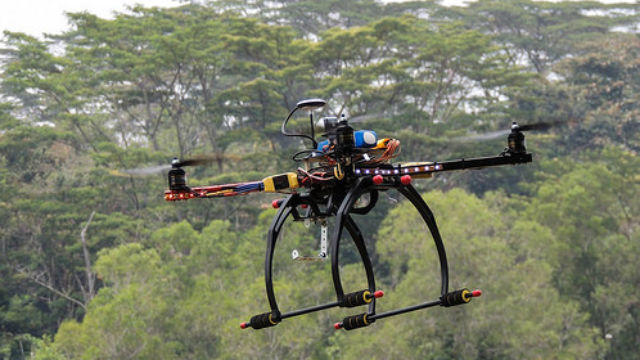Ask Ethan #28: Feeding the Monster
Is the largest object in our galaxy — our central black hole — poised to devour a massive gas cloud?
“What makes us love… is when we learn all these fantastic stories. Feeding the imagination is what makes a subject come alive.” -Daniel Tammet
If you’ve made it to the end of the week, that can only mean one thing here at Starts With A Bang: time for another Ask Ethan column, where you send in your questions and suggestions and I do my best to shed some light on some of the mysteries of the Universe! Today’s comes from Alma Ionescu, who wants to know a little more about what’s going on in the center of our galaxy! Specifically, she:
…just published the news that Sagittarius A* will be seen this year meeting a gas cloud and got the question if it will turn into a quasar. I’m certain it will not due to size, but I don’t know how to give the guy the right sense of the magnitude because I’m not an astrophysicist. You are through. Tell us Ethan, will we meet our doom in an impressive show of high energy rays extending across almost the entire EM spectrum and relativistic jets as our fan undoubtedly hopes?
First off, let’s take a look at what we’ve got.
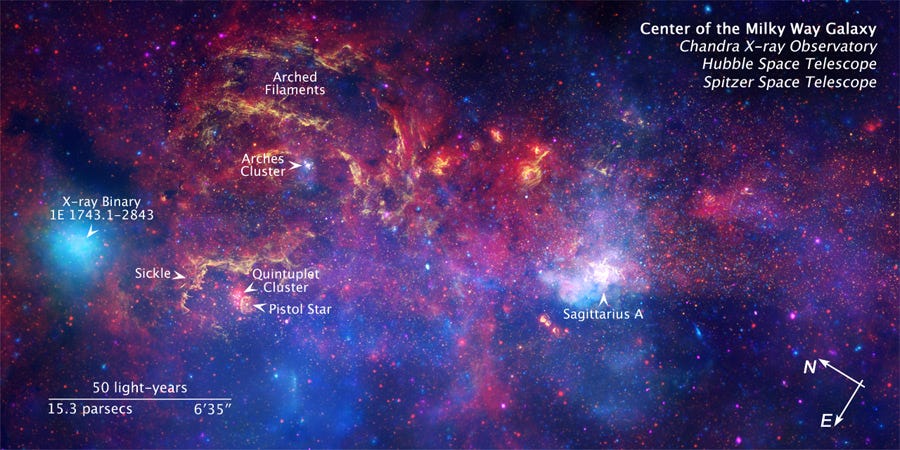
This is the center of our galaxy, shown in a combination of different wavelengths, including X-ray, visible, and infrared light. In particular, the very center of our galaxy is perhaps the most crowded place within a million light-years of us; I’ve zoomed in to the full-resolution version of this and shown it to you, below.
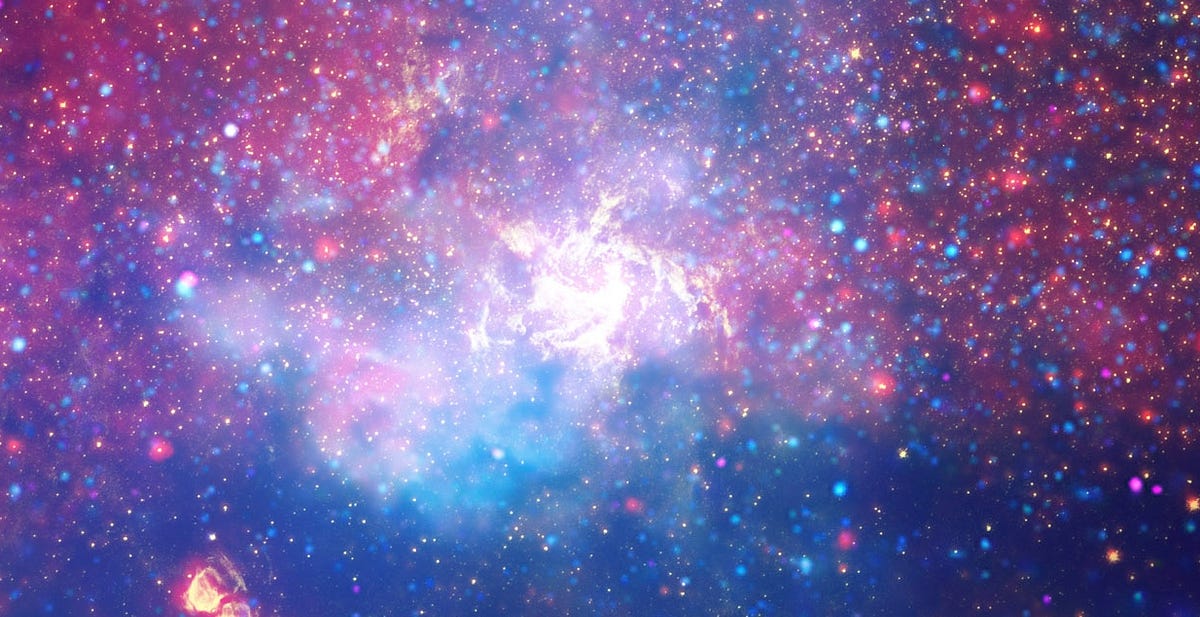
Now, if all we do is focus on the stars and how they move over time, we can learn something very important about the gravity in this tiny region of space. And what we find is that the identifiable stars — something we can track if we look in infrared light — seem to make closed, elliptical orbits (in three dimensions) with a single, invisible point as the focus of all of them.
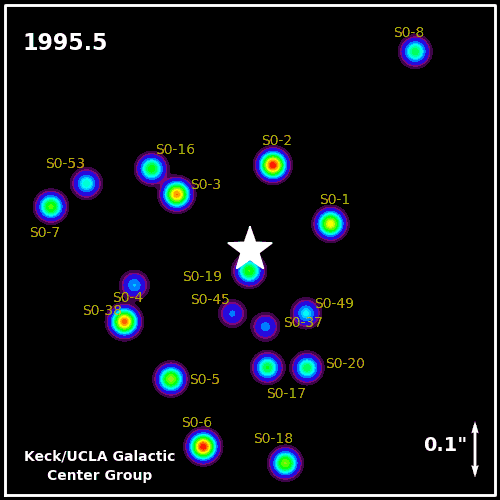
There’s no light coming from that point at all, but based on the laws of gravitation, we can conclude that whatever’s located there must have a mass of around 4 million Suns. Today, that object is known as Sagittarius A*, the supermassive black hole at the center of the Milky Way, and the single most massive object in the entire galaxy!
But the story gets even more interesting if we don’t just look at the stars in this region of space, but also look for other objects, like interstellar gas clouds.
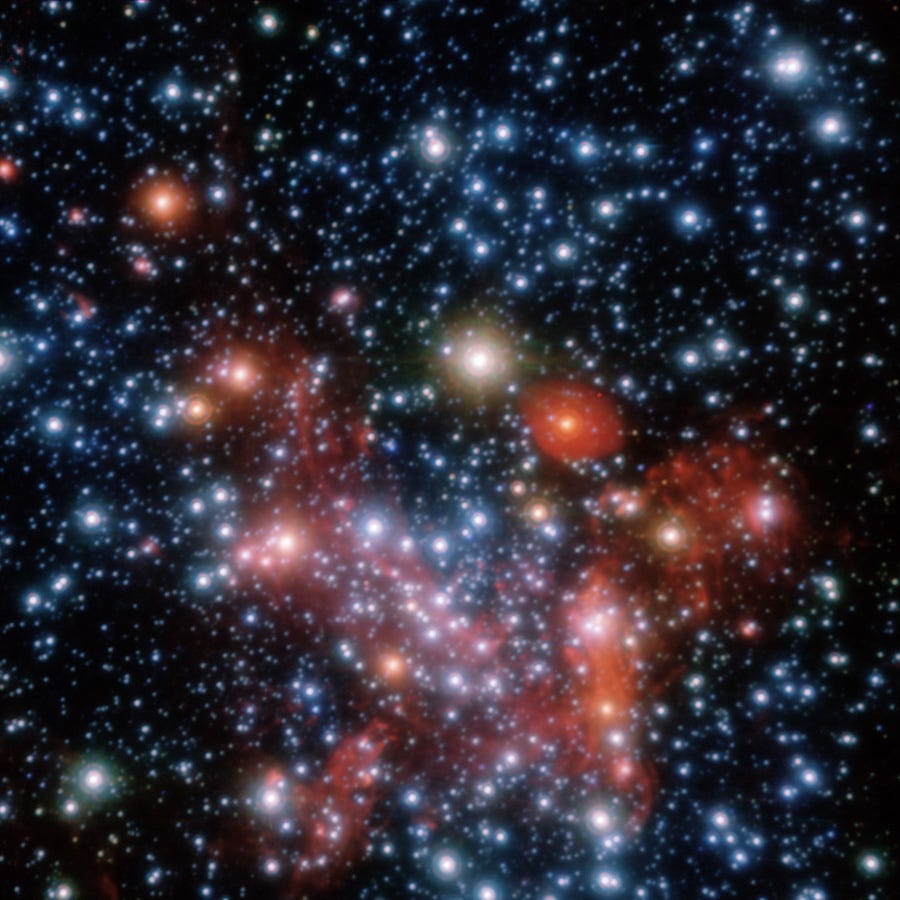
As you might suspect from looking at pretty much any galaxy, there are gas clouds of all varieties — molecular clouds, ionized clouds, collapsing clouds, stationary clouds, high-velocity clouds, etc. — found in great abundance at our galactic center. This isn’t really much different from other locations in our galaxy, or in most gas-rich, spiral galaxies in general.
But this central region of the galaxy is particularly interesting because this 4 million solar-mass object is here, it’s ours, and it’s by far the closest object in the Universe that’s anywhere near this big, at a location of just 25-27,000 light-years away!
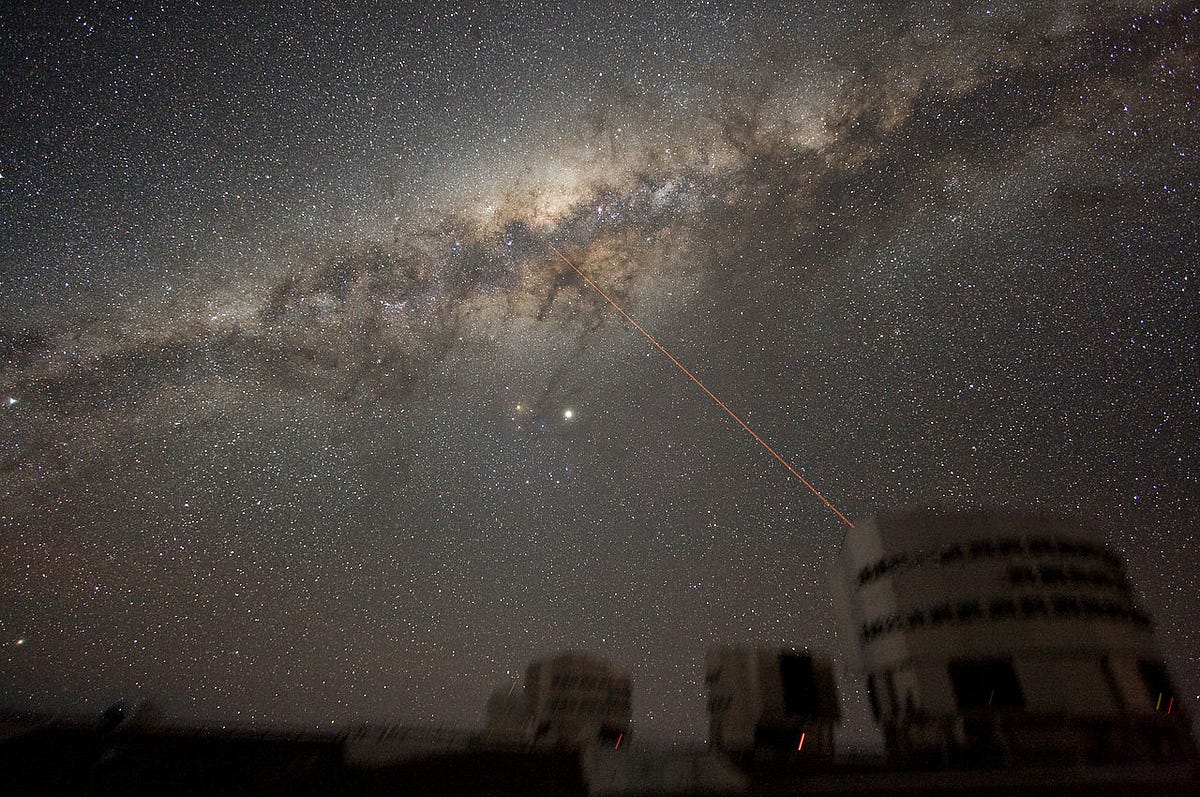
Well, using a combination of the instruments aboard the Very Large Telescope (VLT) in Chile, we’ve been tracking some of the clouds around the galactic center, always with an eye on anything that might make a close pass to this ultramassive center.
Why would that be interesting?

Because any relatively small object that gets close enough to a single, massive enough object gets torn apart into pieces, heats up, and gets spectacularly accelerated towards the center. This is even true in something as mundane as our Solar System, where we saw what can happen to a comet when it encounters a massive planet. In 1994, comet Shoemaker-Levy 9 was torn apart by the planet Jupiter, and rapidly accelerated as it eventually impacted the planet, creating a spectacular sight for amateur and professional skywatchers alike.
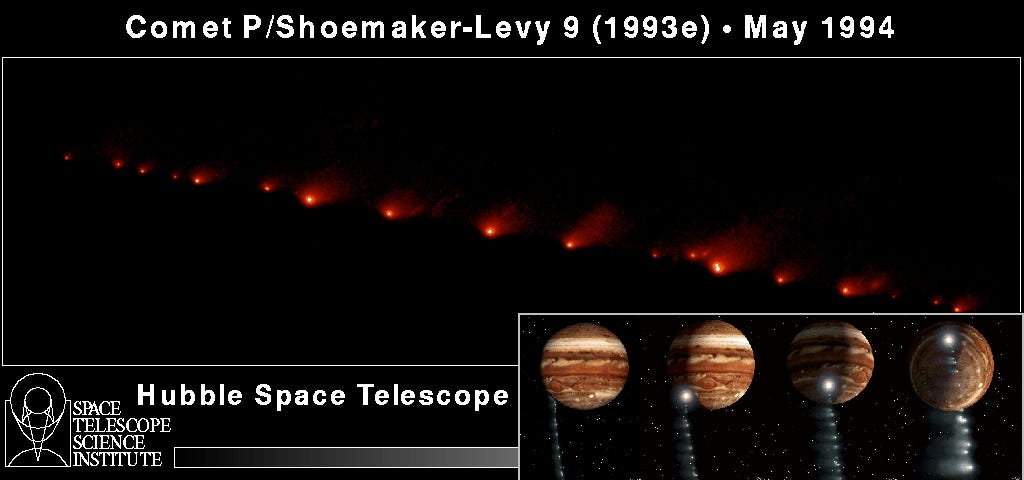
Only, that’s just the beginning. For an object having a close enough encounter with a black hole, the atoms will likely be heated so tremendously they’ll become ions, which means they’ll dissociate into positive nuclei and free electrons. Because black holes aren’t just supermassive but have intense magnetic fields, these ionized particles will be rapidly accelerated, and can cause a tremendous outburst of energy!
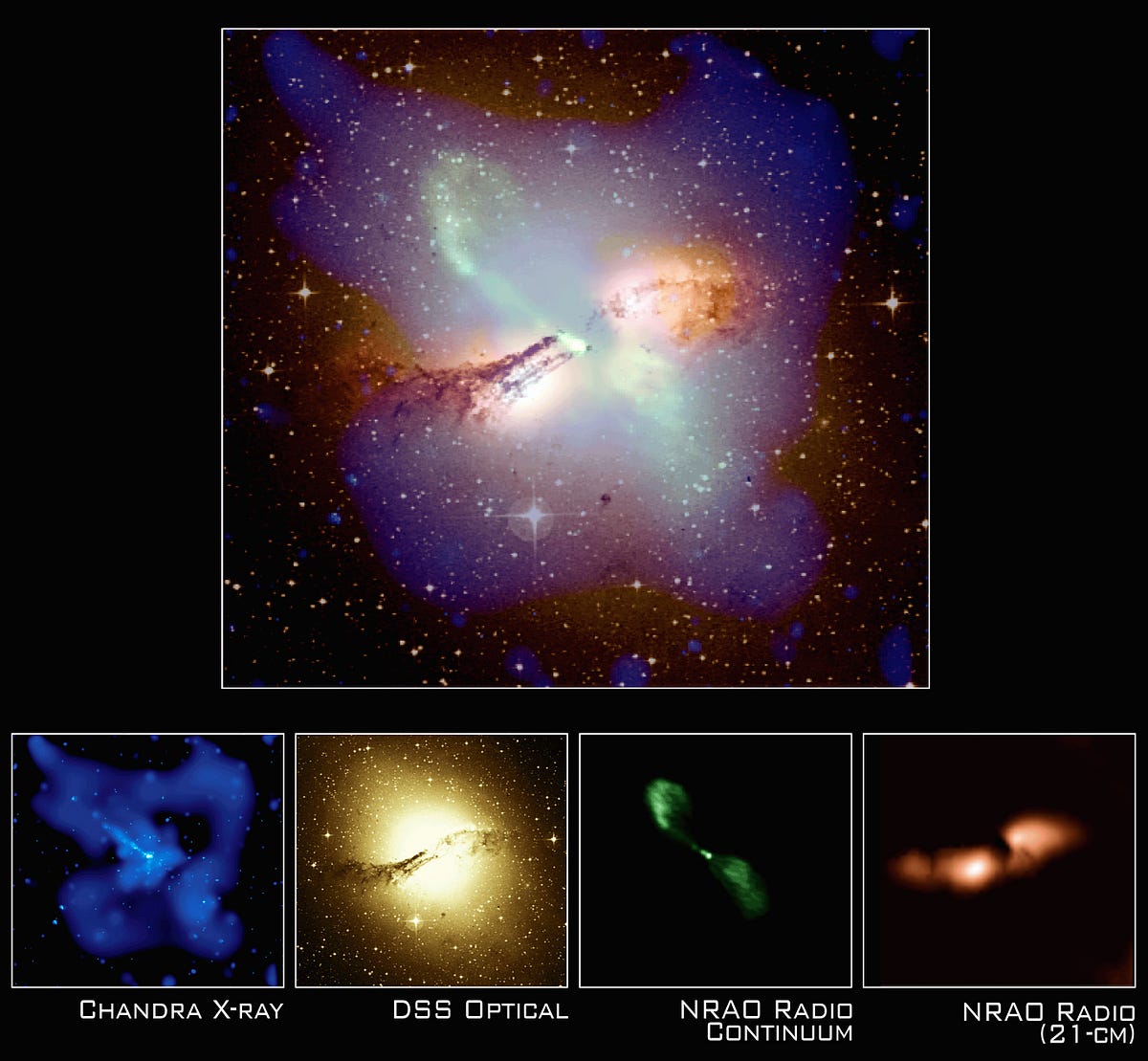
We see this all over the Universe (including nearby) in active galaxies — like Centaurus A, above — and far away in quasars, which are even more energetic!
Well, what about the center of our galaxy? None of the stars we’ve found are on a collision course with that ultramassive object, and the little “flare-ups” we’ve seen in the X-ray and the infrared portion of the spectrum have been very small and unimpressive, suggesting that our black hole isn’t really feeding on anything major.
But all of that looks like it might be about to change!
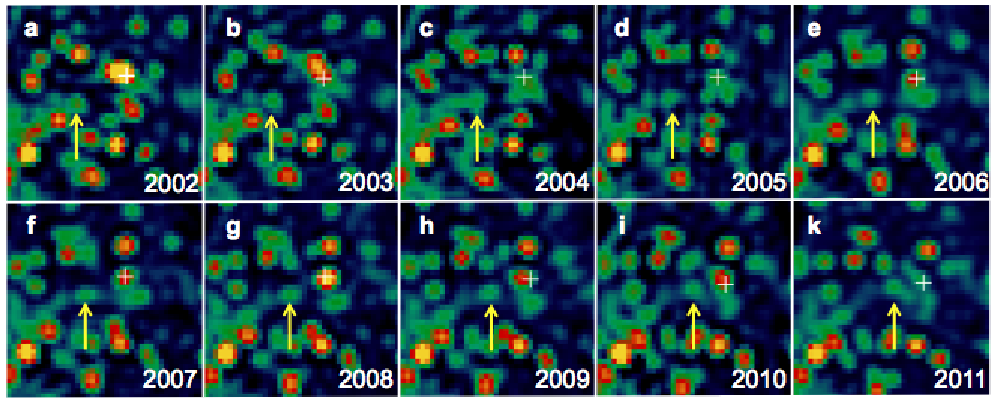
First identified and detected in 2002, this high-velocity gas cloud has accelerated to more than twice its initial speed and is now traveling at over 2,000 km/s, or almost 1% the speed of light, and will come within just 3,100 times the radius of the event horizon. As you can see from the above images, as of 2011, the cloud had already begun to be disrupted in shape, and its temperature has risen to around 600 Kelvin!
In fact, scientists have put together a simulation of what they expect to happen over the next few months-and-years, and you have to watch it!
https://www.youtube.com/watch?v=H4pYBnY3FDU
But as amazing as this event is — and scientifically, this is going to teach us a tremendous about about the center of our galaxy and about dynamics around a supermassive black hole — it’s not the catastrophe that the most excitable among us are looking for.
First off, this cloud is probably only a few Earth masses in total, just a minuscule fraction of a percent of the amount of matter needed for a large outburst. Second off, 3,100 times the radius of the event horizon may seem like a small number, but it isn’t; for our galaxy’s central black hole, the closest this gas cloud will come to it is still around ten times the distance from the Sun to Pluto. And third, any gas that’s going to actually interact with the black hole is probably going to take years or decades to get there.
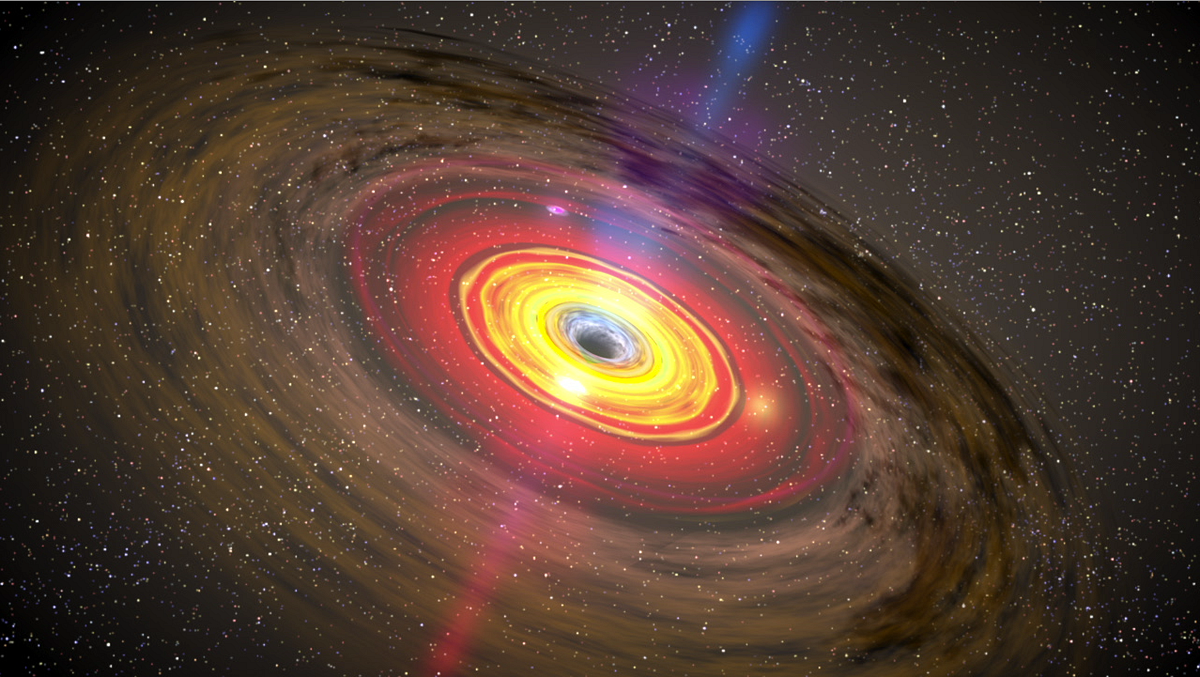
Now, all black holes — including, presumably, this one — are expected to have an accretion disk, which is a build-up of matter that’s been gravitationally torn apart and has accreted, circularly, around the central mass. We can expect to learn something about ours from how this gas interacts with it, and how it inspirals. Furthermore, we can expect some X-rays from the hot gas as it accelerates, which are going to tell us some interesting information about the galactic center.
But the real fun, to be honest, is going to come in 2018. Remember that animation I showed you of the stars around the galactic center? I’ll show it to you once more, but as I do, pay close attention to the star labelled SO-2.

In the year 2018, it’s going to pass far closer to the galactic center than this gas cloud will, and it should begin to interact and plow through any of the gas that gets gravitationally captured by the central black hole! We should be able to test both general relativity in an entirely new way and the astrophysics of interstellar gas when this occurs.
It’s a great find for science, and we’re bound to learn a tremendous amount about the workings of our Universe under some of the most extreme conditions. But it’s a lousy candidate for doomsayers. The best you’re going to get is a mild X-ray flare, and even that is going to most likely be directed like the other X-rays from the galactic center are: perpendicular to the plane of the galaxy, not (in the plane) towards us!
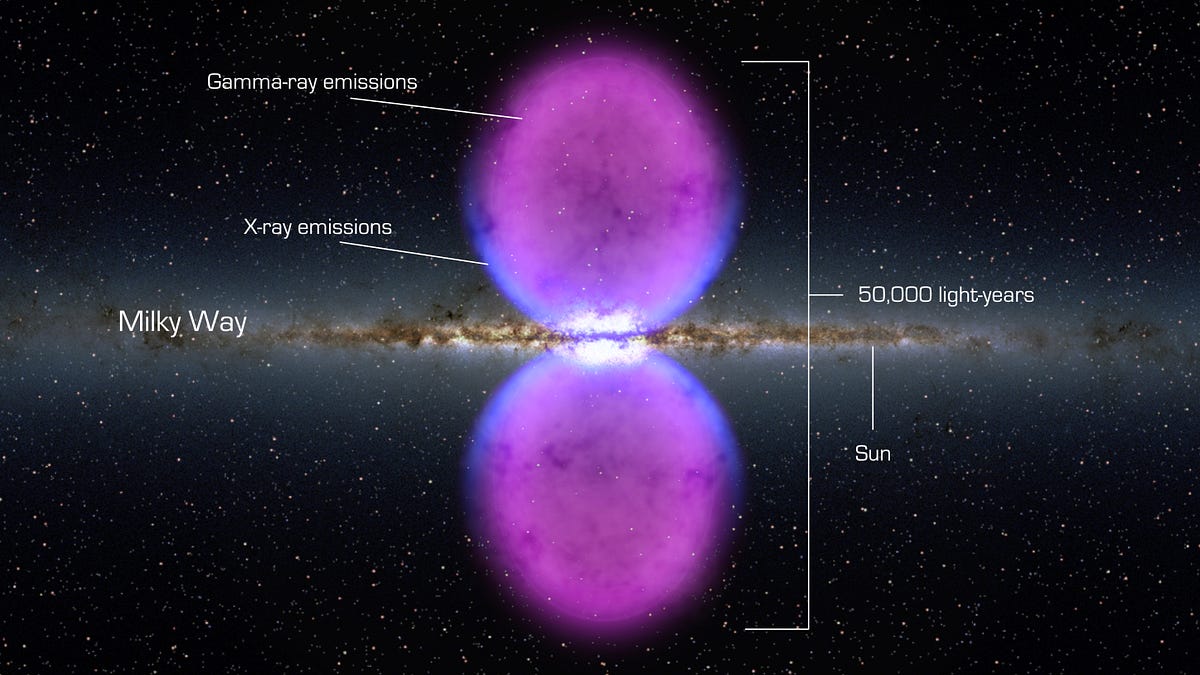
And that will bring us to the end of this week’s Ask Ethan. If you have questions or suggestions for the next column, send them in, and yours just might appear here next week!
Have a question, suggestion or comment? Head over to the Starts With A Bang forum on Scienceblogs and have your say.





